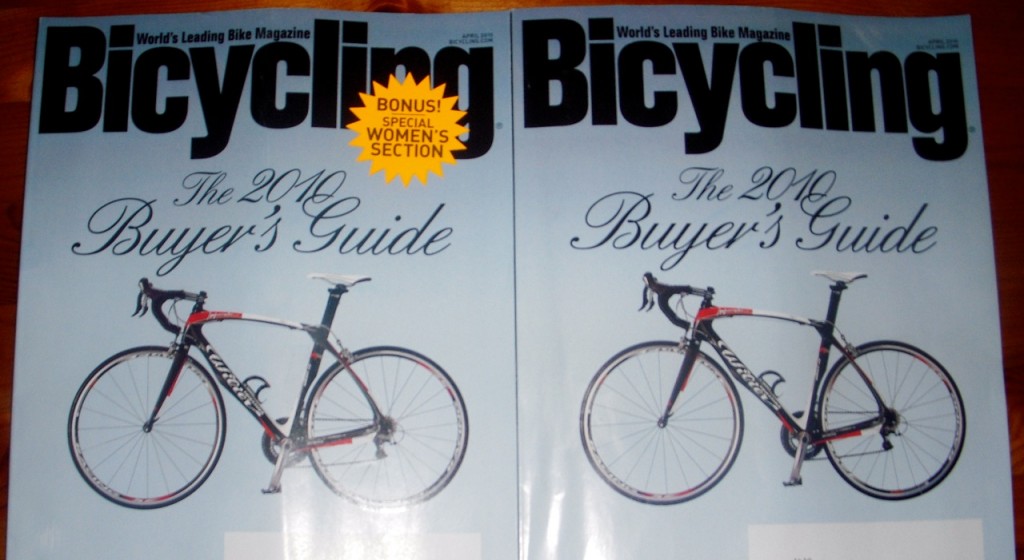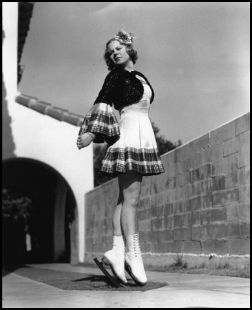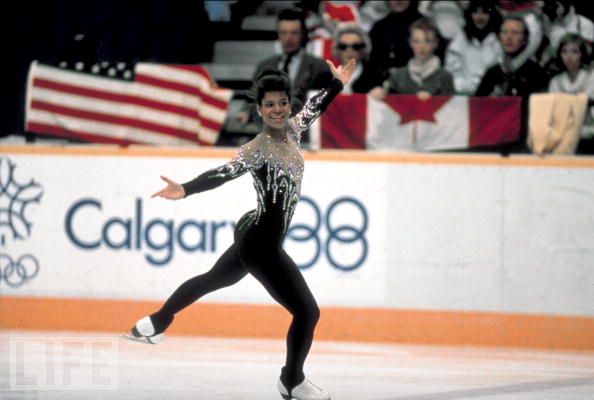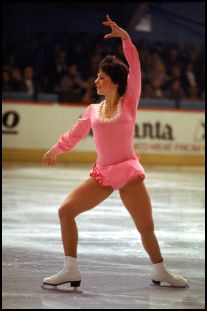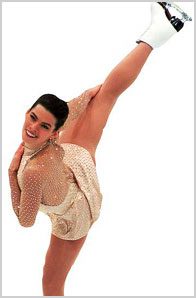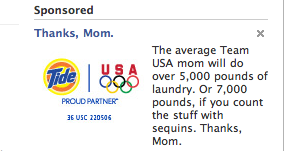I can imagine a world in which gender difference did not translate into gender inequality… a world in which feminized tasks — nurturing others, creating beautiful and comfortable homes, cooking delicious, nutritious meals, and adorning oneself for the pleasure of oneself and others — were actually valued and, importantly, both respected and compensated in ways that reflected that value.
But alas. We don’t live in a world in which gender difference co-exists with gender equality. We live in a world in which boys go to the moon; and girls are princesses…
…at least, according to these “cookie pans” sent in by both Ash and Karen A.:
Lisa Wade, PhD is an Associate Professor at Tulane University. She is the author of American Hookup, a book about college sexual culture; a textbook about gender; and a forthcoming introductory text: Terrible Magnificent Sociology. You can follow her on Twitter and Instagram.



